We’ve all seen the images—vast piles of plastic washed up on shores, choking marine life, cluttering streets. But who’s actually to blame for all this plastic pollution? It’s easy to point fingers at us, the consumers, but what about the role of plastic manufacturing companies?
These companies churn out millions of tons of plastic annually, many of which are single-use and destined to become waste. They're making a buck off it, no doubt. But does that mean they carry the blame? Let’s break this down. Companies argue they’re meeting consumer demand—if we wanted less plastic, they’d make less, right? Well, not exactly. The marketing strategies, aggressive sales tactics, and partnerships with retailers make sure that plastic products are tempting and readily available. That’s a big part of the puzzle.
- The Role of Plastic Manufacturers
- Consumer Responsibility
- Environmental Impact of Plastic Production
- Possible Solutions and Innovations
The Role of Plastic Manufacturers
You might think plastic pollution is all about litterbugs, but take a closer look at the plastic manufacturing companies behind the scenes. These companies are pumping out enormous amounts of plastic to meet both visible and invisible market demands. Let's just say, if plastic was a country, it’d be the world's third largest emitter of greenhouse gases!
Production Scale
Each year, these manufacturers produce around 300 million tons of plastic. This isn't just for packaging—it's everything from cars to clothing. It's like the engine oil of modern industry. Just imagine: every third product you might buy is plastic-based!
Marketing Tactics
Now, these companies are not just passively making stuff. They're actively pushing plastic products through aggressive marketing and convenience-driven strategies. They have deals with retailers to highlight plastic over eco-friendly alternatives. Remember when reusable bags were shoved on the back shelf because plastic ones lined every checkout?
Profit vs. Environment
And let’s talk profits—plastic is cheap to make but gives high returns. There's a lot of cash in convenience. But they do this knowingly at a huge environmental cost. The problem is, profits often get prioritized over ecological impact.
Check this out: According to a report from 2022, plastic manufacturers collectively spent over $1 billion on lobbying efforts in just the U.S. to protect their interests. Now, that's a chunk of change aimed at keeping things status quo. They argue it's all about meeting consumer needs, but are they really listening to the growing cries for change from consumers concerned about our planet?
These plastic giants need to rethink their approach. Innovations in compostable plastics, more recycled content, and a real shift toward sustainability could make a huge difference. The change starts at the top, and these companies are at the helm.
The responsibility doesn’t stop at manufacturing. It influences everything down the chain—from what ends up on our shelves to ultimately how much piles up as waste. So, the next time a wrapper floats your way, consider how far-reaching the problem really is.
Consumer Responsibility
Alright, let’s chat about where we as individuals fit into the plastic pollution puzzle. It might be a bit uncomfortable to admit, but we’ve got a significant role in all this too. Simply put, our daily habits and choices can have a big impact on the environment, especially when it comes to plastic pollution.
Think about it. Every time we choose a plastic bag at the store or grab a bottled water instead of using a refillable bottle, we're making a choice that leads to more waste. In fact, a survey found that the average American uses about 365 single-use plastic bags per year. That's one for every day! Plus, when we don’t recycle properly, like tossing plastics into the wrong bin or not rinsing items out first, it actually makes recycling less efficient and can lead to more pollution.
Habits That Can Change the Game
It's not all doom and gloom, though! There are some pretty straightforward changes we can make to lessen our impact:
- Bring your own bag: Keep reusable bags handy. They’re not just for groceries but for any shopping trip.
- Say no to plastic straws: Opt for metal or bamboo straws or just go strawless.
- Refill over recycle: Use refillable bottles and coffee cups. Many stores offer discounts for this!
And here's the kicker: if every household reduced their plastic bottle consumption by just 10%, it could eliminate over 3 million plastic bottles from the waste stream each year.
Understanding the Bigger Picture
While individual actions are crucial, it’s important to recognize that consumers are part of a bigger system influenced by plastic manufacturers. Still, by making smarter choices, we send a clear message about what we want—less single-use plastic. And when enough people make this statement, companies do take notice.

Environmental Impact of Plastic Production
Plastic production is, without a doubt, a huge environmental issue. If you think about it, every single piece of plastic ever made still exists in some form. That's pretty mind-blowing, right? When we talk about plastic pollution, the production stage gets overlooked, but it's crucial to understand how it contributes to the mess we're in.
First, let's hit on the sheer volume. Did you know that around 370 million tons of plastic are produced globally each year? That's like chucking a big pile of pollution into our environment annually. Producing plastic isn’t a clean process, either. It heavily relies on fossil fuels, and this brings us to our second problem: greenhouse gases. The plastic manufacturing industry is a significant emitter of these gases, which drive climate change. The more plastic we demand, the more these gases get spewed into our atmosphere.
Energy Consumption
It might surprise you how energy-intensive making plastic is. Creating a single ton of plastic typically uses over 2,000 kilowatt-hours of energy. That's about the amount of energy an average household uses in two months. Shocking, right? All this means more coal and natural gas being burned to meet these energy needs, which feeds into the cycle of pollution and warming.
Water Pollution
Plastic production isn’t just about air pollution. There’s water pollution too. Industrial plastic plants often discharge contaminated water into rivers and oceans. This affects marine life and ecosystems, and the damage is far-reaching. When those marine animals ingest microplastics, it’s not just their problem—it creeps into our food chain too.
These are just a few significant aspects of the environmental impact caused by plastic production. It's clear that if we want to tackle plastic pollution effectively, we can’t ignore the manufacturing side of things. It’s about understanding the full picture to find better solutions.
Possible Solutions and Innovations
Tackling plastic pollution is going to need some out-of-the-box thinking and serious collaborations. From changes in manufacturing to shifts in consumer habits, there are several strategies we can explore.
Biodegradable Plastics
One promising area is biodegradable plastics. These are designed to break down more quickly than traditional plastics, reducing their environmental impact. Companies are investing in research to make these materials more cost-effective and sustainable in their production.
Reducing Plastic Production
It also makes sense for plastic manufacturing companies to rethink how much plastic they produce in the first place. By using alternative materials and minimizing single-use items, the demand for new plastic can drastically decrease. Some companies are already experimenting with plant-based or recycled materials to cut down on resource consumption.
Improved Recycling Systems
Recycling technology is also an area ripe for innovation. Enhancing the efficiency and reach of our recycling systems can ensure that more plastic is reused, reducing the need to make new material. This improvement isn’t just on the companies—governments and local communities need to step up support for accessible recycling.
Policy and Legislation
Policy changes can play a huge role in pushing these solutions. Stricter regulations on plastic waste and incentives for companies to adopt greener practices can drive a lot of change. Countries like the EU have already imposed heavy fines on companies that fail to meet recycling targets, signaling a move towards accountability.
Every bit of effort counts. Whether it's a concerted push by businesses or individual actions, it’s going to take a collective effort to curb the plastic pollution we’re facing today. We may not have a perfect solution yet, but each step in the right direction reduces environmental harm.


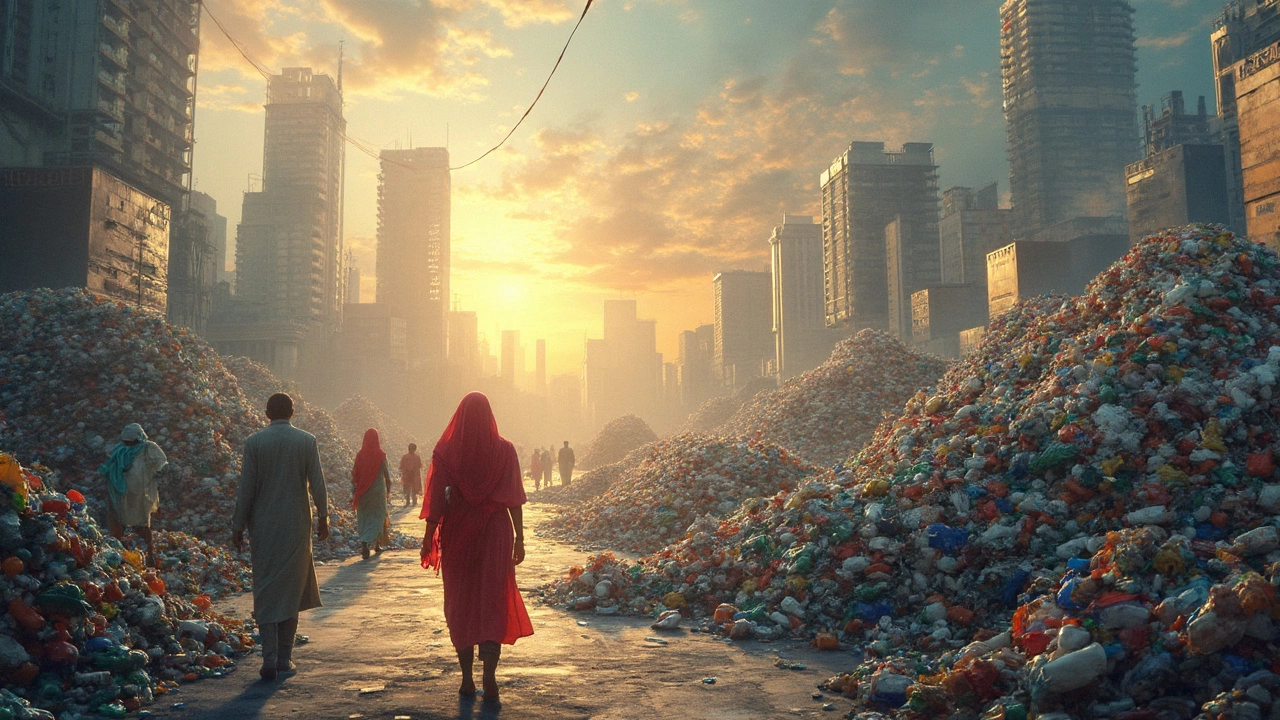

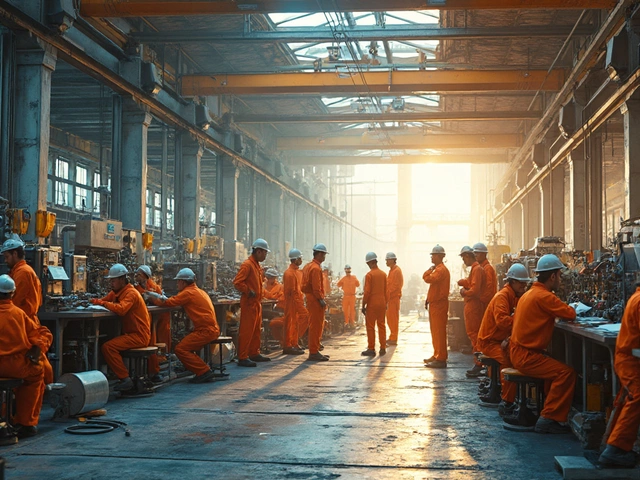

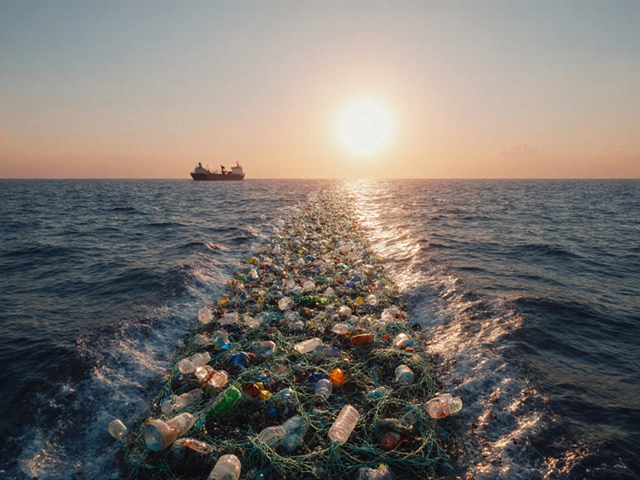

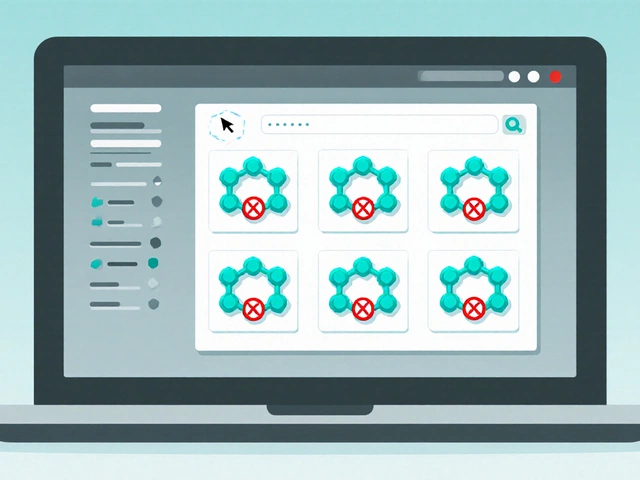
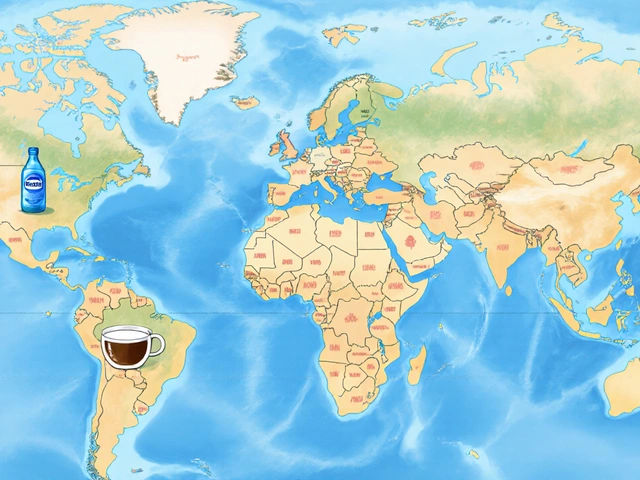
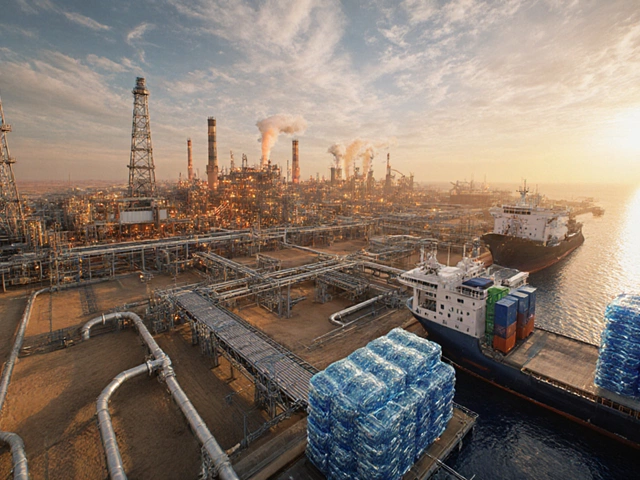
Write a comment